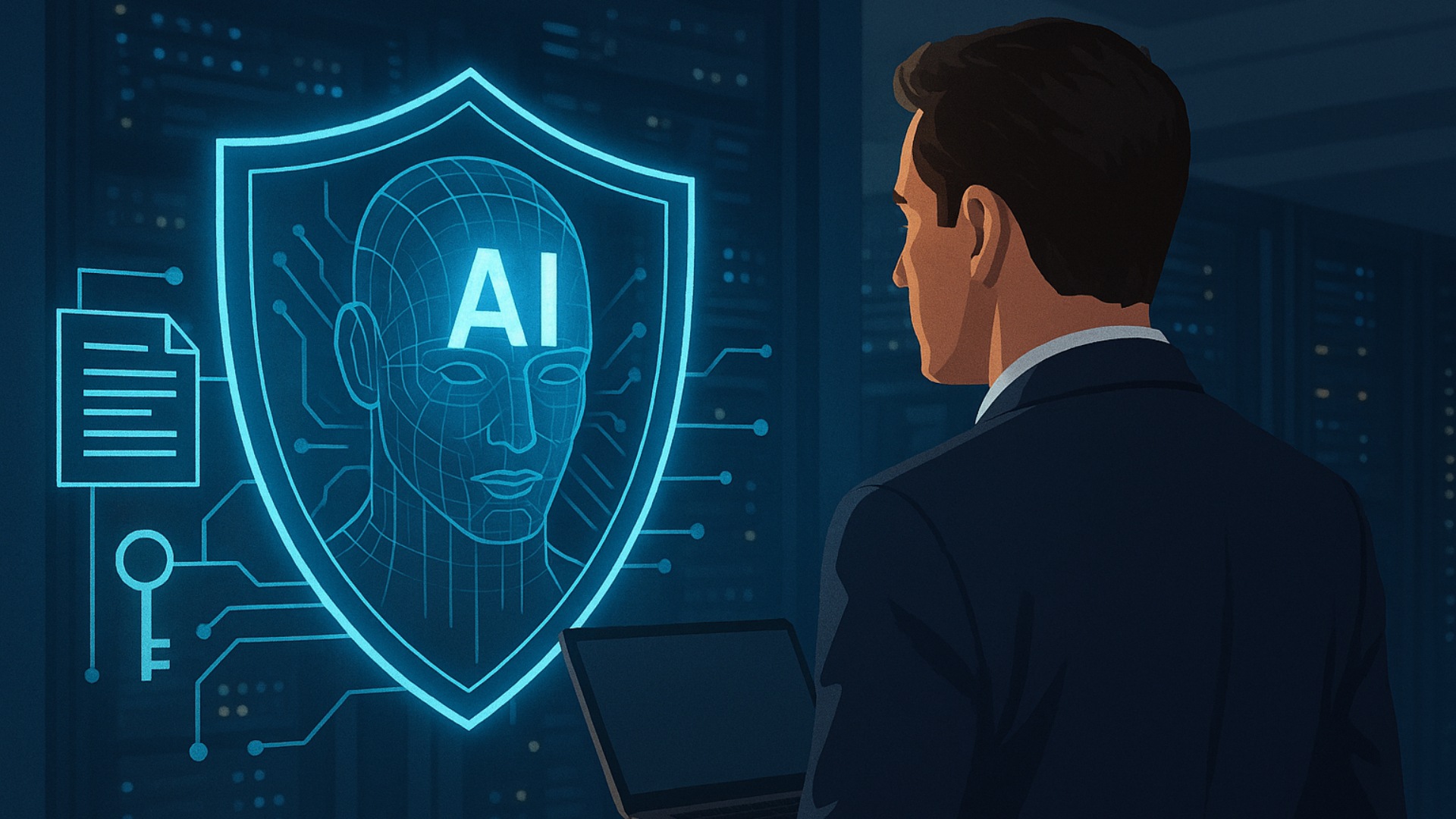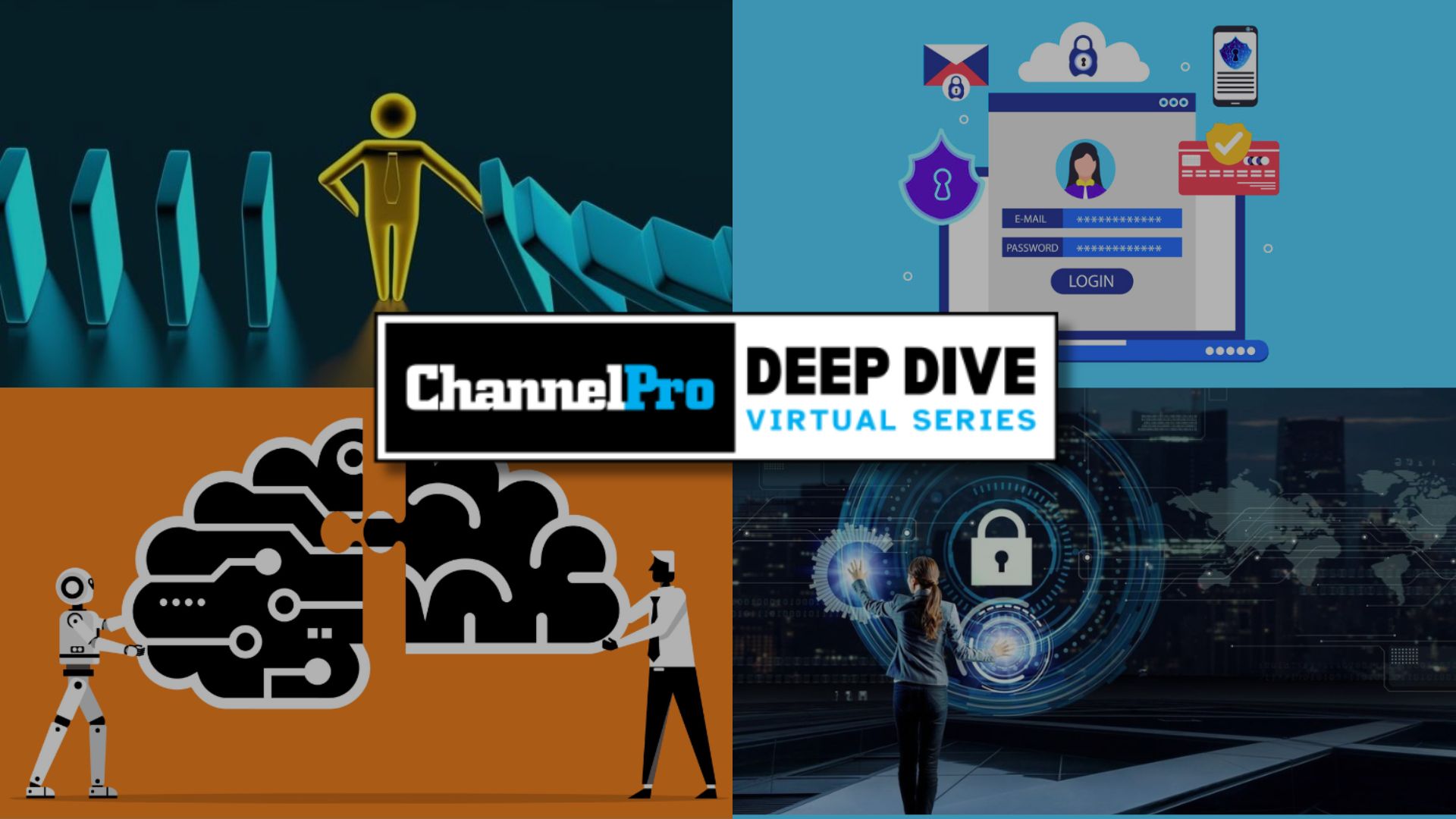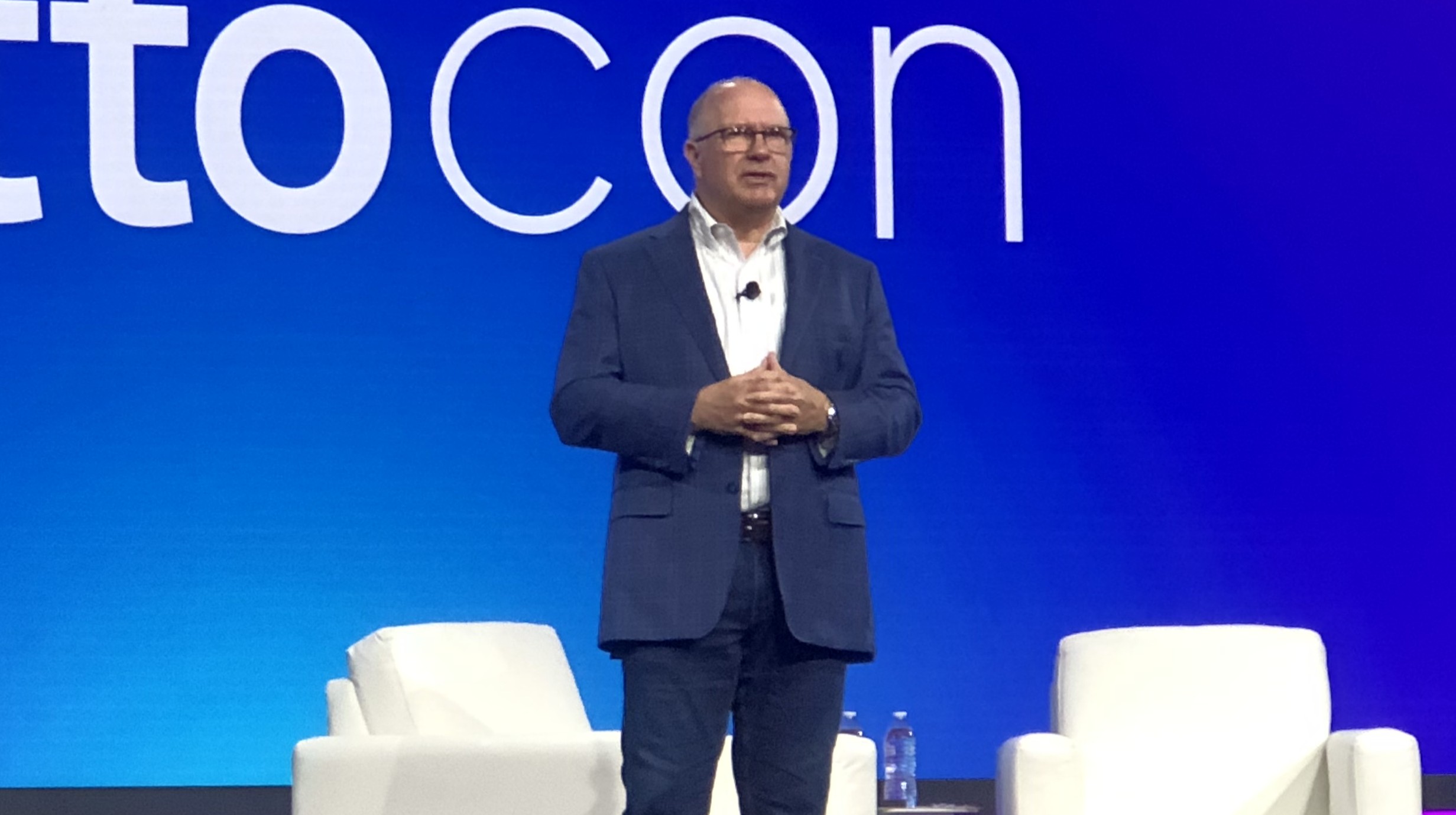After the emergence and initial fallout of the COVID-19 pandemic, organizations across industries were forced to make significant changes. Under normal circumstances, many of these changes were not the kind that should be thrown together haphazardly overnight.
Nevertheless, in the absence of time and proper training, businesses did what they had to do. For many, these measures meant implementing unfamiliar software tools to bolster remote work or performing a rushed overhaul of their organization’s IT infrastructure to address growing concerns and regulations surrounding data security.
Were the results perfect? No. Could most of us have done a better job? Absolutely.
To be clear, the events of the past few years would have been close to impossible to predict, and nearly every organization suffered from a certain degree of unpreparedness. But one thing we must come to terms with is that the pandemic did not invent data. Many of the digital transformation initiatives that emerged from a collective sense of urgency were, in fact, already inevitable.
Maybe you’ve heard the popular statistic that 90% of the world’s data was created in the past two years. That statistic, including others of similar magnitude, was published in a Forbes article well over three years ago. Now, before you start crunching numbers to determine how much data must exist today by comparison, I’ll save you the trouble: It’s a lot.
No matter what happens in the world, data creation will most likely continue to accelerate. And believe it or not, this is actually fantastic news. By taking a step back and focusing on data management and governance, you begin the process of building an IT environment that becomes increasingly efficient and adaptable. You might even view those unforeseen external setbacks as opportunities to benefit your transformation efforts further.
The real question is precisely how to optimize your IT strategy for the long term. And while each organization will have its own needs that require unique solutions, some universal tips can be built into the foundation of any long-term strategy. Here are four that come to mind:
Clean House
With today’s rate of technological advancement and the aforementioned growth of data, optimizing IT for the long term is as much about implementing new technologies as it is about refining old ones.
While it can be tempting to simply acquire a new software tool or platform out of perceived necessity, it’s critical to first take an inventory of existing processes. This is not only to identify what to eliminate but also to make the inevitable transition from one system to the next as seamless as possible. Transformation in the IT space often requires the migration of large troves of data, much of it sensitive or otherwise valuable. It is crucial to understand how data in your current environment will be mapped to a new one.
In addition to migrating data from one place to the next, this preliminary stage includes migrating people from one system or infrastructure to the next. When planning to integrate new technology, the plan should also factor in the time and effort necessary to properly train employees on tools with which they may be unfamiliar.
Customize Access and Availability
Effective data management is a delicate balancing act. You want quick access to data when you need it, but you also don’t want it cluttering up the system. For example, HR needs to access and review sensitive personal information, but that information also must be incredibly secure. Where do all these files live? Who is responsible for securing or retrieving them?
Disorganized data can result in myriad consequences. Not being able to locate a specific document to meet compliance, for example, can lead to legal complications. Employees spending hours sifting through data to uncover a single file is a recipe for inefficiency, dysfunction, and lost revenue. In short, adequate organization is critical to a sound data governance plan.
Consider organizing and customizing access and availability by position or department as a fix. Identify who needs to access what throughout the course of the workday or the lifecycle of a project and establish ownership of those responsibilities.
In doing this, however, be careful not to lose sight of employee satisfaction. Whenever possible, make employees’ lives that much easier by allowing them to work with the tools they’re most comfortable with, utilizing automated workflows to integrate the use of multiple platforms.
Only Pay for What You Use
Implementing new technologies, and even maintaining old ones, is expensive. When evaluating any solution, it’s essential to understand the cost implications and ultimately maximize the system’s overall value.
Maybe you’re paying for a system for which you have no immediate use, or perhaps you’re locked into a contract for more cloud storage than you currently need. And what about maintenance? How much does upkeep cost on systems X, Y, and Z? Do you actually need Z?
In any case, the costs associated with data governance are often complex. It’s important to have someone on the team who understands how to allocate resources cost-effectively to ensure that organizations only pay for the technologies they use.
Build for Flexibility
Finally, a great long-term strategy should include, perhaps above all, flexibility.
While the pandemic is undoubtedly a relevant example, the requirement for flexibility in data governance and IT infrastructure need not be put in the context of anything so catastrophic. The incredible rate at which technology advances today is enough to demand a significant amount of dexterity from organizations. The most efficient tool today might not be the most efficient tool tomorrow.
Beyond maintaining a more generalized ability to adapt, organizations need the capacity to respond to the unexpected, no matter the scale or significance of the event. For example, maybe there has been a system hack or data breach, or perhaps your SaaS provider is experiencing downtime. Without a contingency plan, the impact might be far more debilitating than is necessary.
Systems fail. It happens. It’s important to cultivate a heightened awareness of the potential for disruption and take a proactive approach to mitigate any such event. That could mean setting up separate email accounts to maintain communications in the event of a breach. Or training employees to use more than one platform to perform a specific task if the primary system gets compromised. Building in contingency plans can ensure threats are minimized, and you can continue successful operations, even during an unforeseen event.
FRANK SUGLIA is the vice president of technical sales at BitTitan, where he works closely with the company’s partners to showcase and drive new and recurring revenues. His areas of expertise include SaaS, digital marketing and performance optimization, enterprise solution delivery, technology sales and delivery methodologies, and user interface design.













